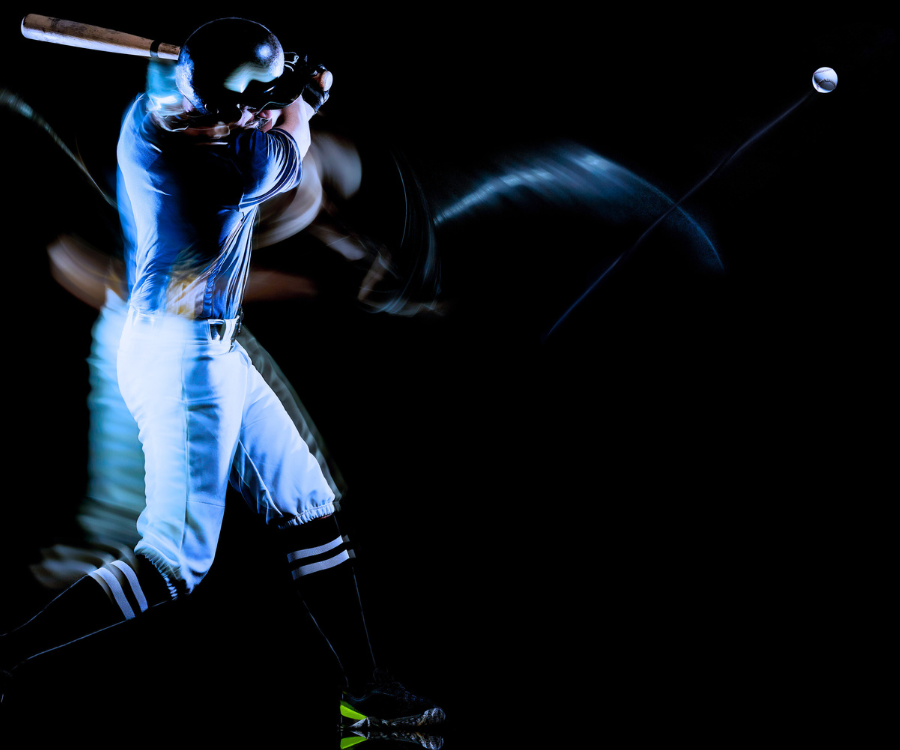Summary
Why This Matters
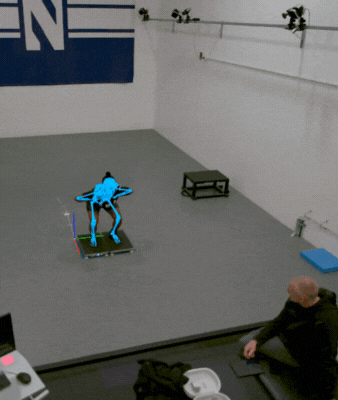
ACL injuries remain one of the most common and costly injuries in sport, often leading to early post-traumatic osteoarthritis.
Traditional marker-based motion capture systems limit the scale of research due to:
- Long setup times
- Restricted movement quality
- Risk of marker dropout or occlusion during dynamic movements
- Limited feasibility for large cohorts or in-season testing
“Traditional marker-based systems make large-scale athlete testing extremely difficult — long setup times and frequent marker occlusion during fast, dynamic tasks all limit how much usable data we can collect. Markerless motion capture removes those barriers and allows us to study real athletic movement at the scale our research demands.”
- Dr. Yuki A. Sugimoto, Research Assistant Professor, PTHMS, Feinberg School of Medicine
With Theia3D, Northwestern can collect high-fidelity motion data across larger athlete populations and within more realistic training environments, supporting evidence-based movement analyses and prevention strategies that extend beyond the lab.
Learn how Theia3D aligns with the STRN Quality Framework to ensure scientific rigor and reliability in biomechanics research.
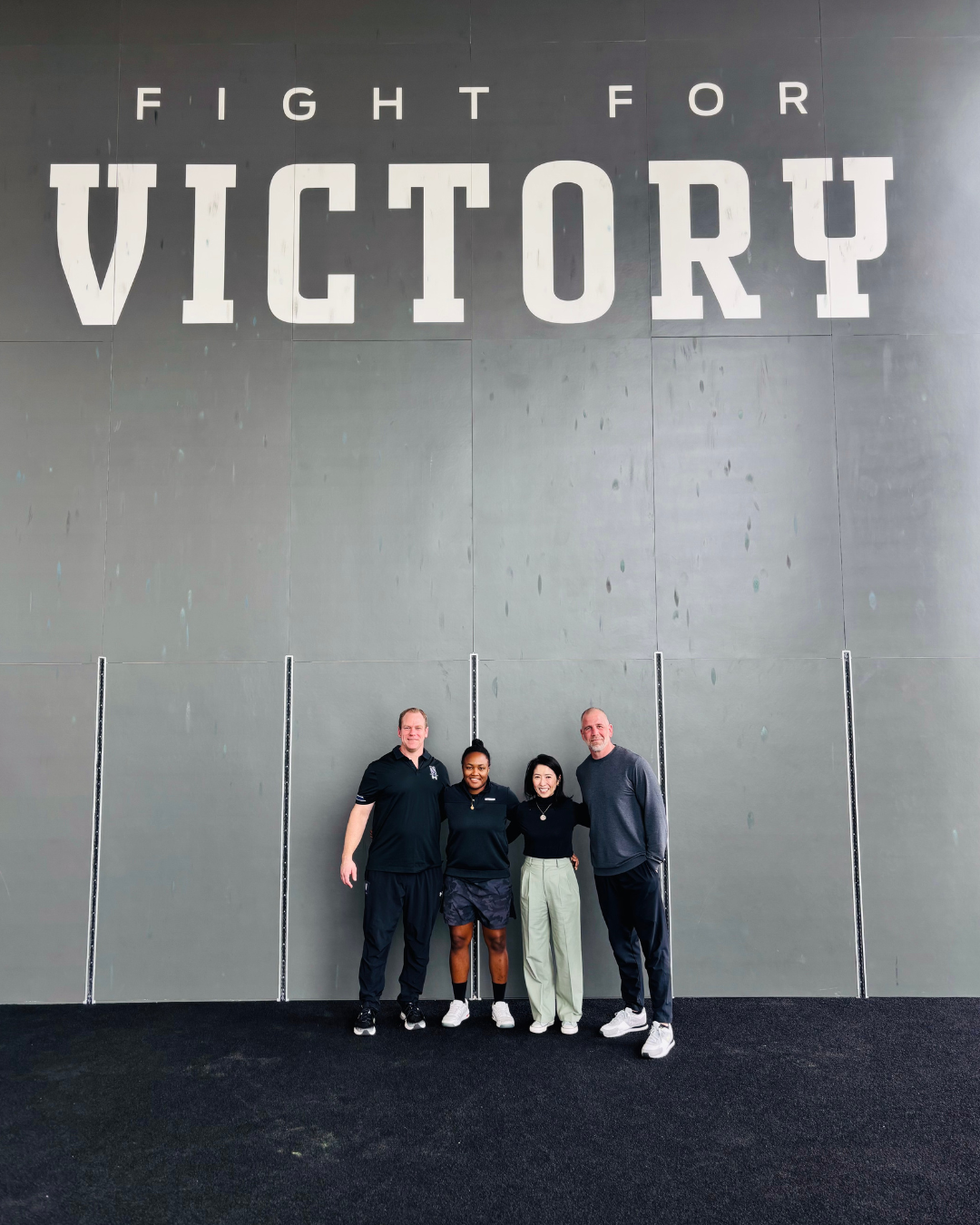
Research Focus
Institution: Northwestern University
Lab: Athletic Movement Performance (AMP) Lab, PTHMS, Feinberg School of Medicine
Lead Researcher: Dr. Yuki A. Sugimoto, Research Assistant Professor
Research Focus: ACL injury risk, chronic ankle instability (CAI), and post-traumatic osteoarthritis in adolescent and collegiate athletes
Dr. Sugimoto’s team investigates limb-loading symmetry using the eccentric joint loading (EAC) ratio, an emerging metric that provides deeper insights into asymmetries that contribute to ACL injury risk – including among athletes with and without a history of ankle sprains prior to ACL reconstruction.
For more on Theia3D’s accuracy and benchmarking against traditional systems, explore our research validation studies.
While Dr. Sugimoto’s published study originally used a marker-based setup, the same analyses are now being replicated markerlessly, enabling faster and more scalable data collection.
“Cutting collection time by ~33% — and eliminating issues like dropped or obscured markers — has been a major upgrade. Markerless capture lets us focus on the biomechanics instead of the setup.”
- Dr. Yuki A. Sugimoto, Research Assistant Professor, PTHMS, Feinberg School of Medicine

Inside the Lab
Northwestern’s AMP Lab captures drop-vertical-jump landing (DVJL) and other high-risk movement trials using:
- Markerless 3D kinematics from Theia3D
- Floor-embedded force plates (with additional portable force plates used in collaboration with performance coaches)
- Apple Vision Pro experiments for next-gen field capture data
- Collaboration with Olympic sport performance coaches through Project Kaizen
This blend of validated biomechanics tools and emerging technologies positions Northwestern as a leading example of modern, applied movement-science research.
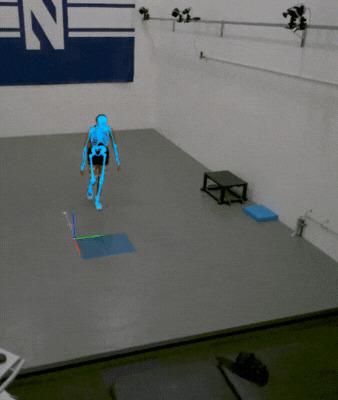
Key Advantages
Cuts data-collection time by one-third.
Dr. Sugimoto reports approximately 33% reduction in data-collection time, allowing the team to run more athletes through testing without adding staff hours or disrupting athletes’ complex scheduling demands.
Fewer technical disruptions.
Markerless eliminates common challenges with reflective markers, such as:
- Markers detaching during dynamic movements
- Pelvic or trunk markers being obscured by natural arm swing
- Trial failures due to occlusion
These reductions increase the usable trial count and minimize the need for repeat testing.
Natural, unrestricted motion.
Athletes move as they do on the field — no suits, no markers, and no modifications to natural technique.
Scalable, high-quality analysis.
Theia3D supports large-cohort biomechanical studies that were previously difficult to execute within the logistical constraints of collegiate sports environments.
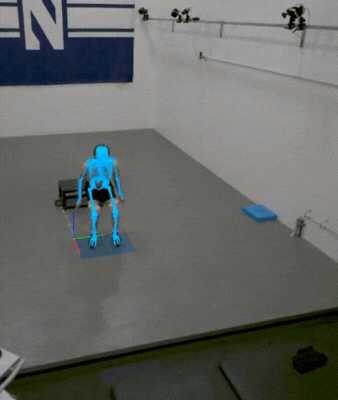
What This Means for Biomechanics Research
Northwestern’s integration of Theia3D demonstrates how leading institutions are bridging the gap between laboratory-based biomechanics research and real-world sport performance and injury prevention.
Markerless motion capture offers:
- Faster data throughput
- Greater ecological validity
- Reliable, validated kinematics
- The ability to scale studies without sacrificing precision
This enables labs to expand their research scope, from injury-mechanism analysis to applied performance monitoring, while accommodating higher participant volumes and tighter operational timelines.
Read Related Research
Eccentric Joint Loading Ratio in ACL-Injury Risk Assessment
Interested in bringing markerless motion capture to your lab?
Contact us today to learn how Theia3D can accelerate your biomechanics research and unlock new possibilities for real-world movement analysis.



